Going hands-on with Metro Exodus
The atmospheric shooter’s third entry trades the subway for the post-apocalyptic surface
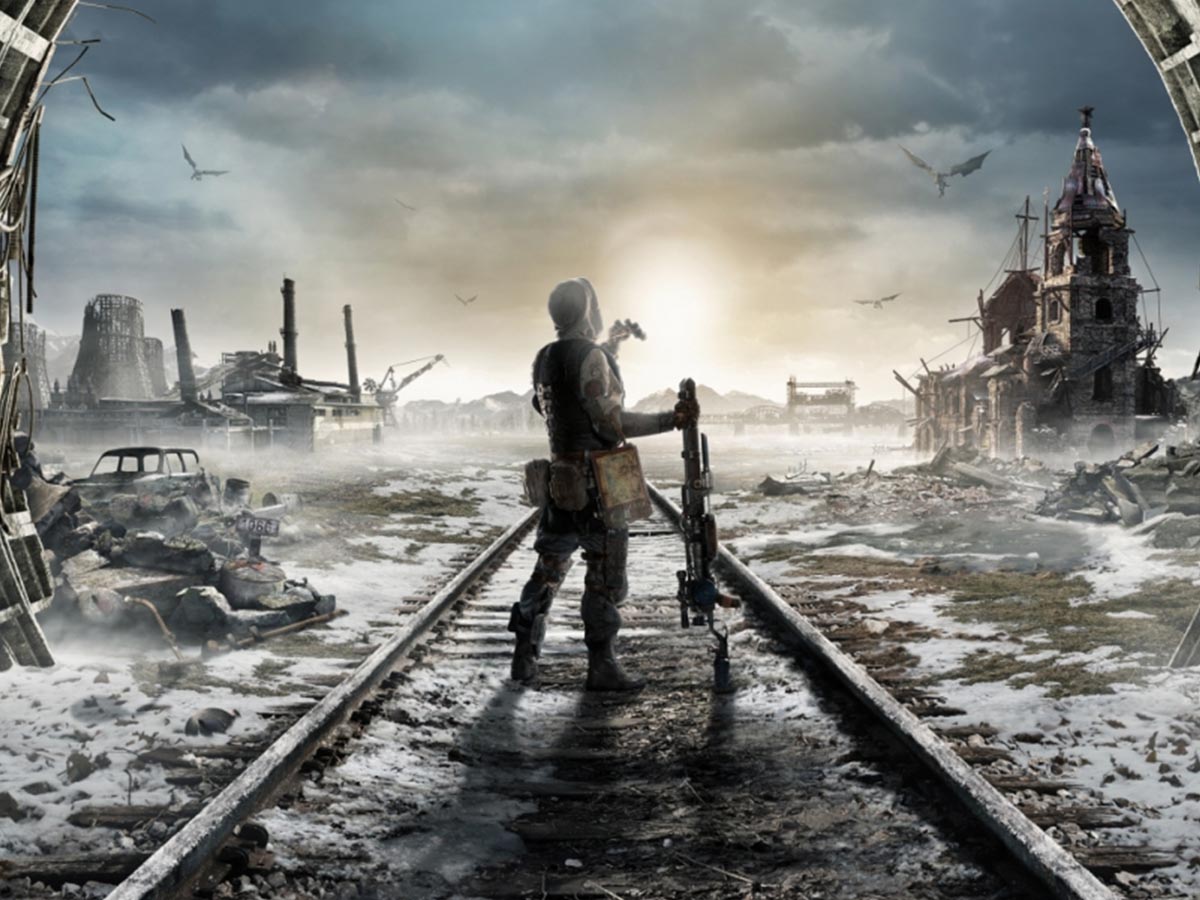
WELCOME TO THE APOCALYPSE
In a market crammed with action-cranking first-person shooters and zombie survival games, 2010’s Metro 2033 – and its sequel, Metro: Last Light – managed to stand apart from the lock-and-load pack. Set in Moscow’s subway system, following a city-obliterating nuclear blast, the series has always favored atmosphere, immersion and moody storytelling as much as twitchy gunplay. Its next installment, Metro Exodus, aims to retain the franchise’s defining elements, while also forging some new paths. A bigger, more wide-open world, deeper weapon customization and crafting, and a less-linear story are among the elements evolving the series.
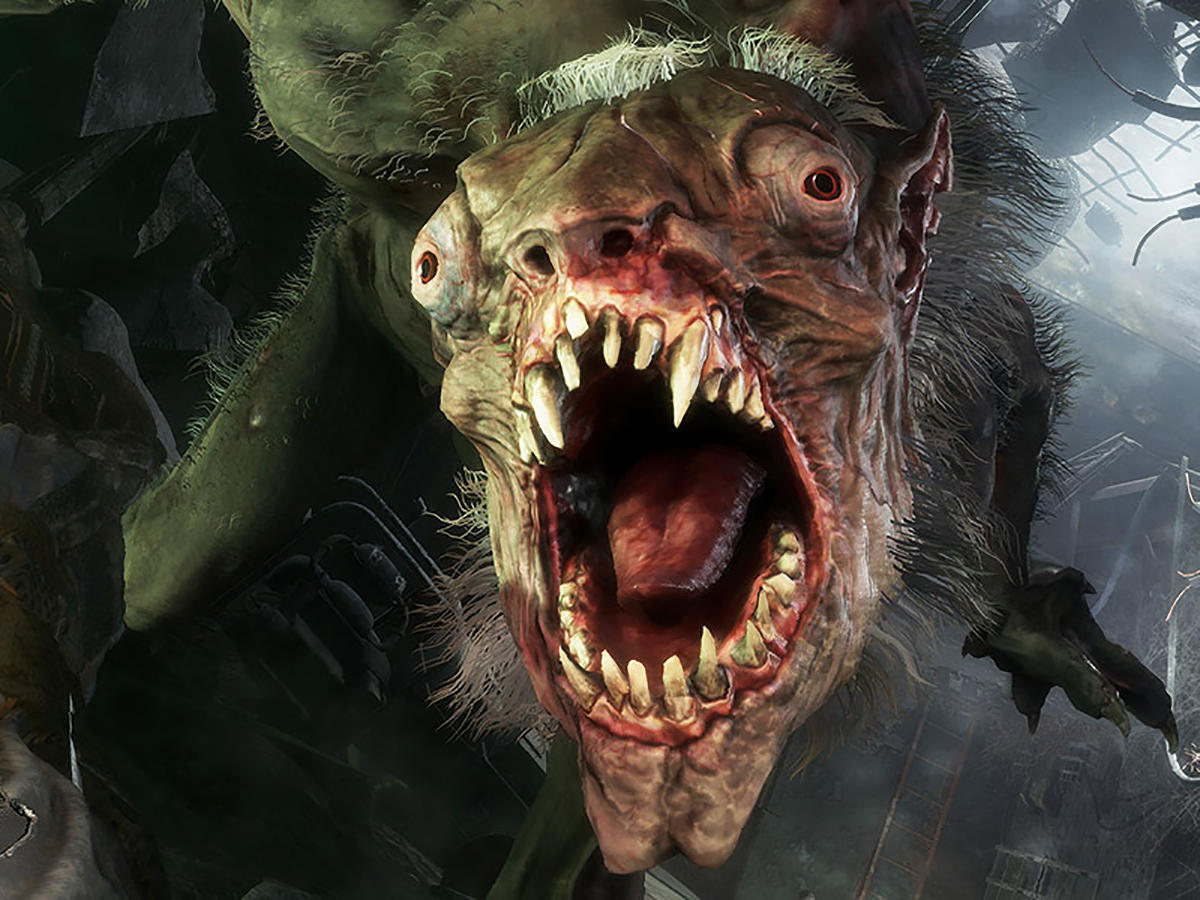
THE WORLD AWAITS
Metro Exodus is venturing from the confines of the underground and tasking players with surviving on the sprawling, deadly surface above. Our hands-on session took place entirely outside the subway system, where a beautifully bleak world hosts harsh conditions, human adversaries and, of course, mutated creatures. Leaving behind the claustrophobic tunnels of previous installments has allowed Exodus to really spread its graphical wings. Our brief trek across the wasteland was absolutely brimming with world-building details and effects, from stunningly realistic fog, mud, snow, ice and puddles to a sunken village that had apparently awoken on the wrong side of the apocalypse.
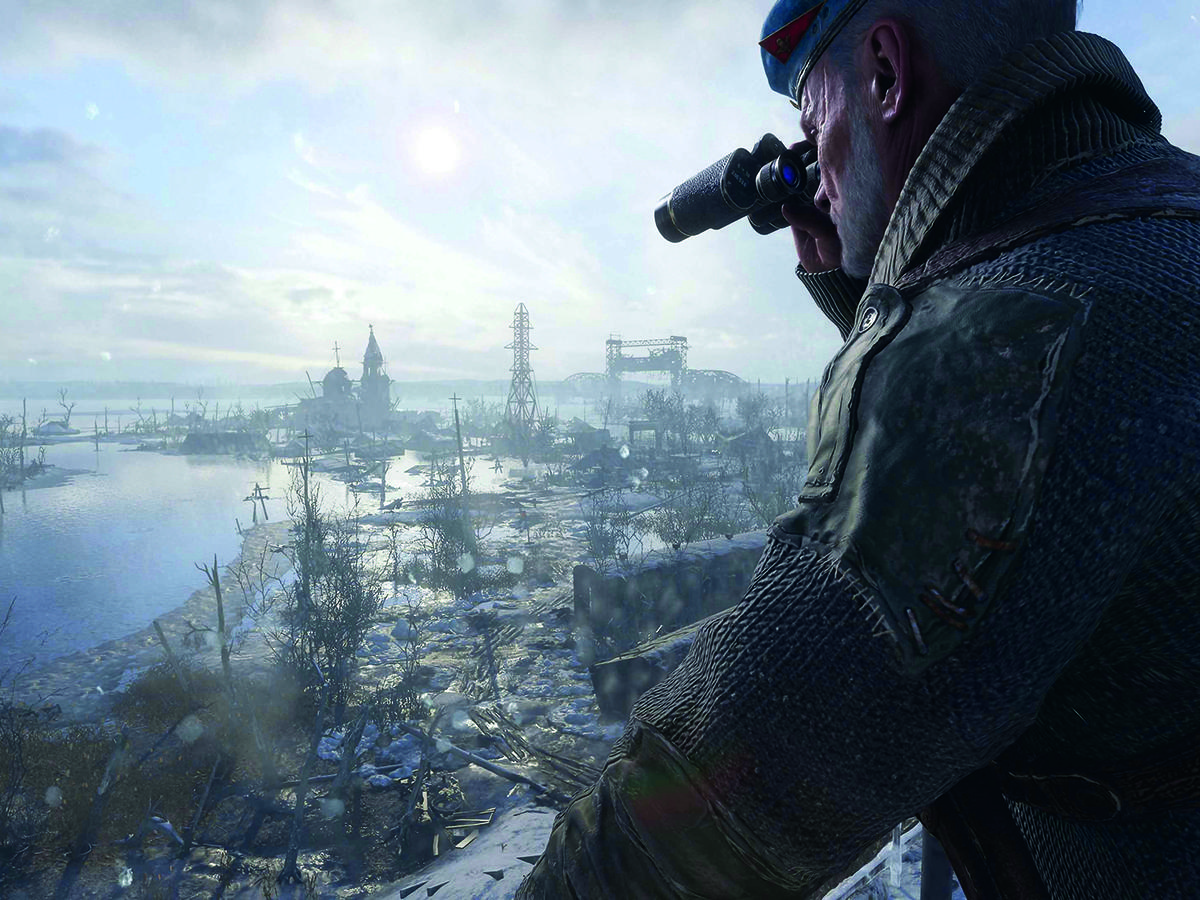
NO PAUSE FOR THOUGHT
The Metro titles have done a fantastic job immersing players in their stories by organically weaving interface elements, such as menus, meters and maps right into the gameplay. Exodus ups the ante in this regard, effectively communicating to the player without ever pulling them from the experience. The world map, for example, isn’t accessed by entering a menu outside the game, but by having returning protagonist Artyom physically pull it out and hold it in his gloved hands.
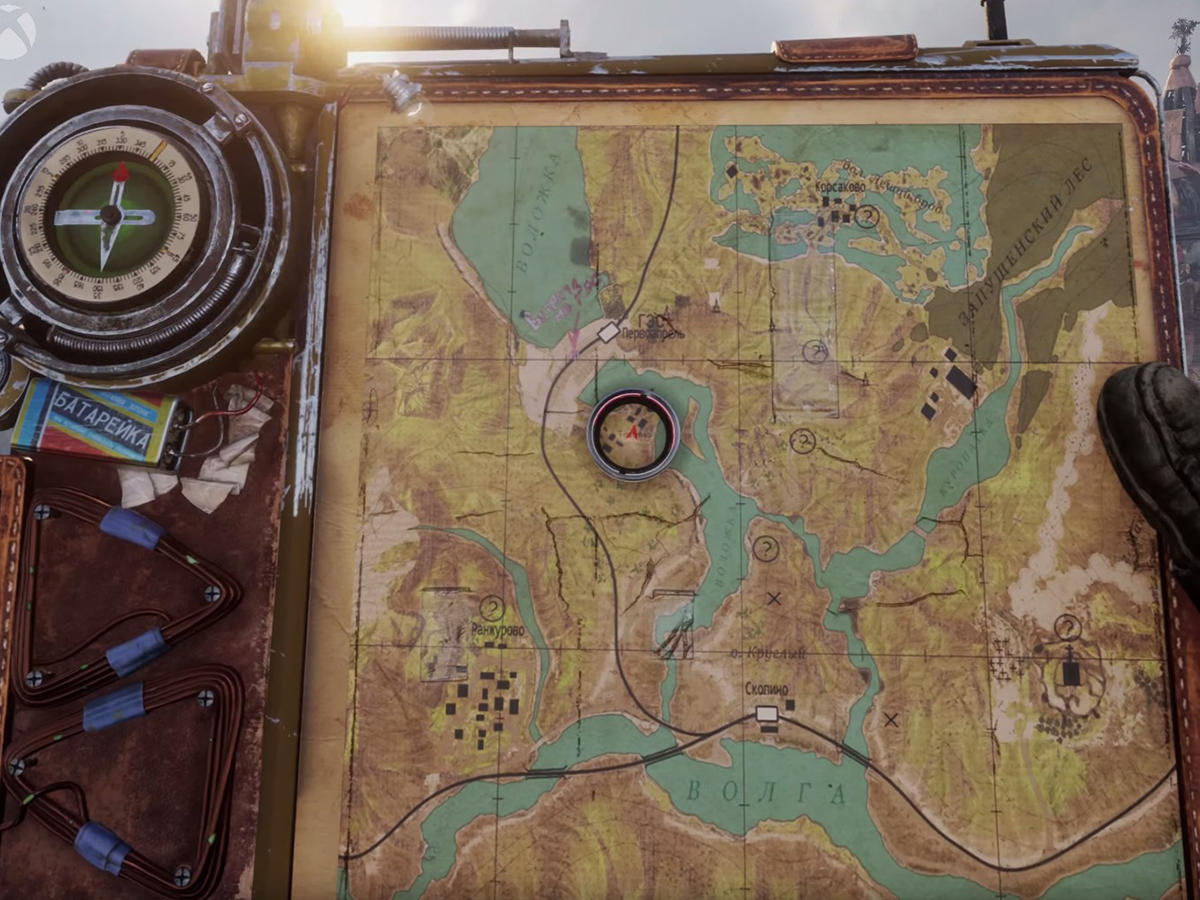
MECHANICAL IMMERSION
Similarly, mechanics such as stealth, oxygen and radiation levels aren’t monitored with screen-cluttering meters, but by the watch worn on Artyom’s wrist. This sort of realism-pushing physicality extends to other elements as well, such as how you’ll need to stop and open your backpack to access and manage inventory items or pull on Artyom’s gas mask when radiation levels rise to dangerous levels. Much like the beautifully realized world, these elements are packed with the sort of details that make you feel like a survivor in a dying world. The map features cool, makeshift touches, like an attached compass powered by a 9-volt battery, while the gas mask sports scratches and cracks suggesting it might be less than reliable.
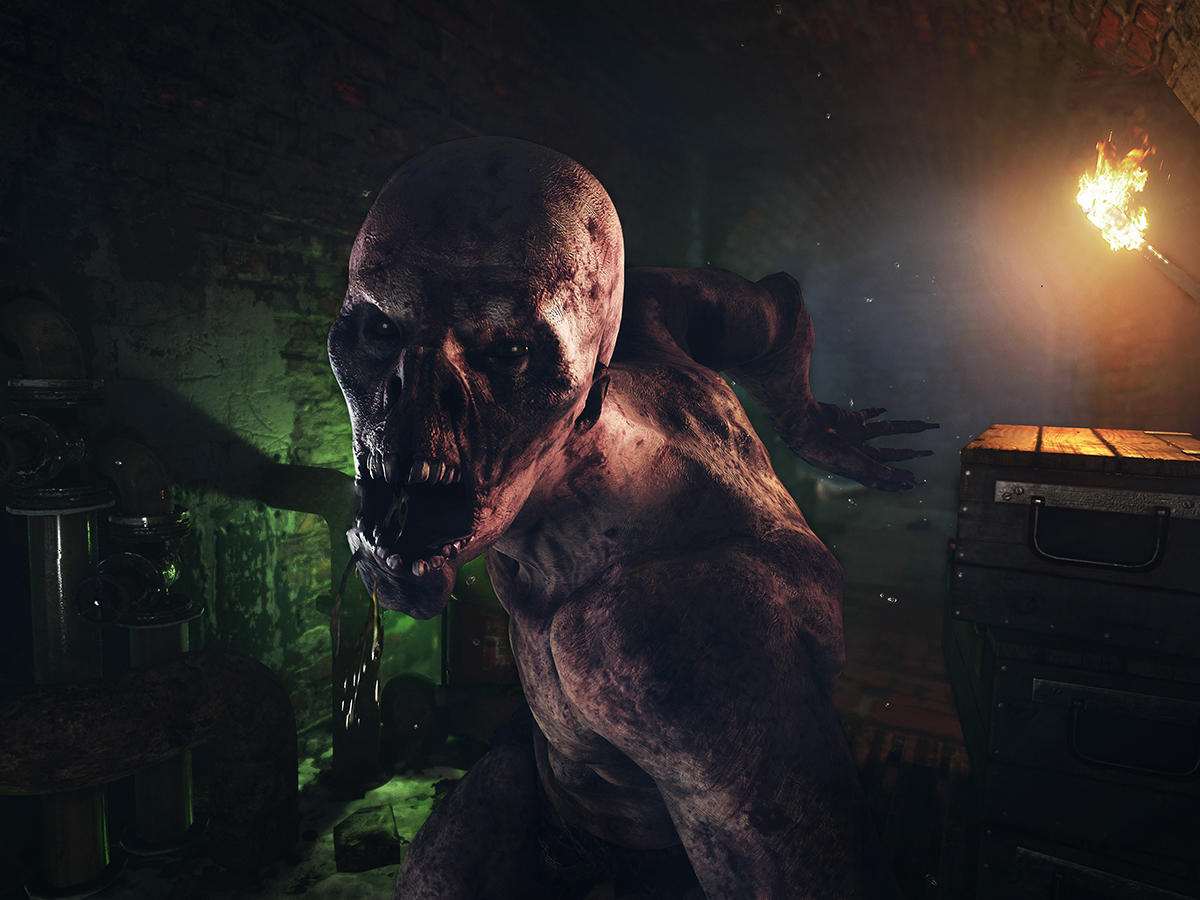
GO YOUR OWN WAY
Exodus’ more open-world encourages players to explore the road less taken to discover resources, side quests and mutated wildlife looking to be put out of their misery. Our demo featured a mix of side content and scripted events, offering a taste of the game’s more freeform approach to piecing together and complementing its core narrative. Discovering a creepy church – then having to quickly escape it after being pegged a ‘heretic’ – felt a bit disjointed and removed from the main story, at least within the context of our demo. Set pieces – such as one that saw a mutated whale turn our rowboat to toothpicks – however, recalled the tenser, cinematic pacing of the previous games.
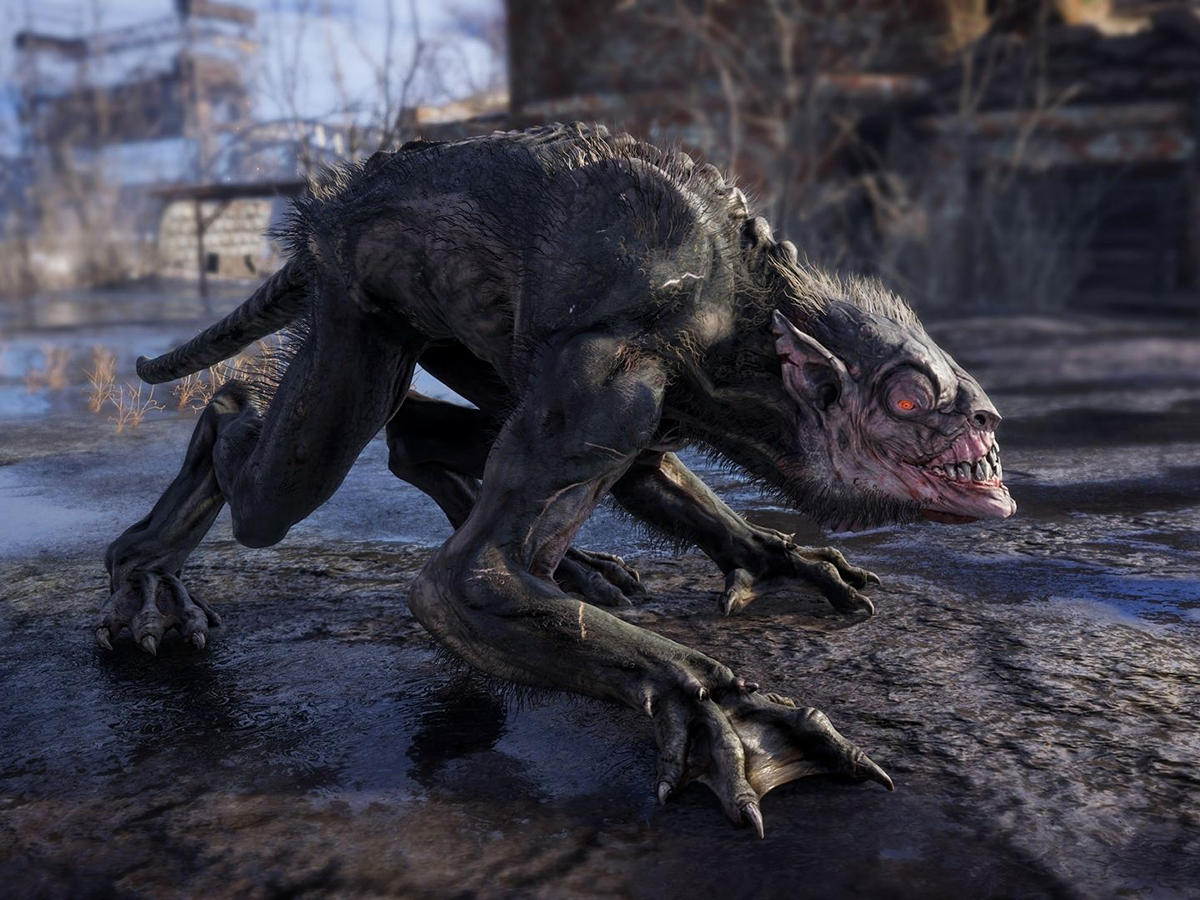
BUILD YOUR ARSENAL, LITERALLY
Exodus is ramping up its predecessors’ excellent crafting and weapon customization systems in a number of cool ways. Some items can now be made on the fly by simply opening Artyom’s backpack and combining components in the field. On top of being convenient, especially when ammo and health are in short supply, this feature further fuels the game’s attention to detail, realism and physicality. Of course, MacGyver wannabes can really let loose when they find a dedicated crafting table. Choosing from a variety of weapon parts and components, from scopes and stocks to silencers and barrels, players can use workbenches to assemble the death-dealers of their dreams.
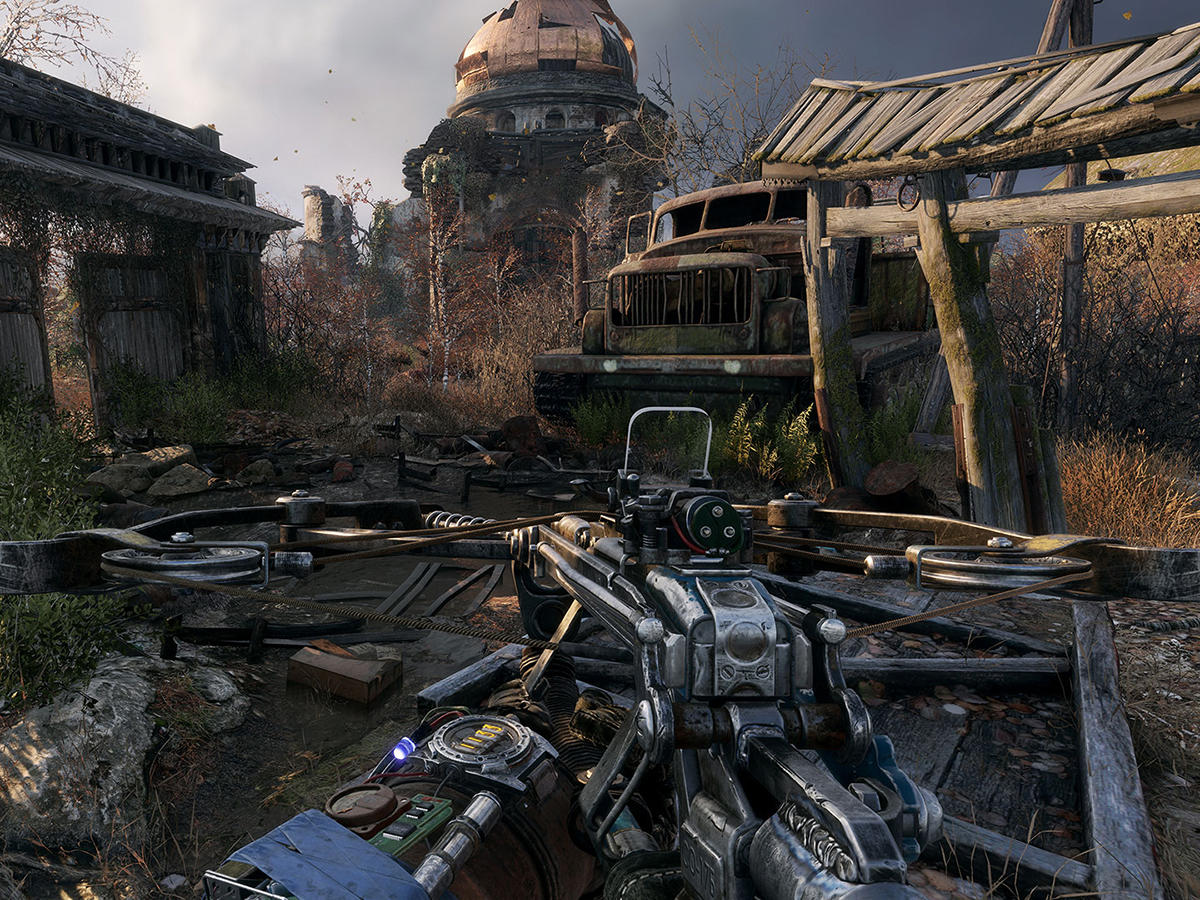
INITIAL VERDICT?
Exodus is embracing what fans loved about the first two games, while evolving some of the more familiar elements and introducing a number of entirely new ones. Its stunning visuals, attention to detail and deeper systems stand out as nice complements to the formula established in the first two games. If its more open approach – to both world exploration and storytelling — don’t come at the cost of spinning another nerve-fraying, cinema-rivaling yarn, then we’ll happily leave the safety of the subway behind when Metro Exodus arrives next year.


